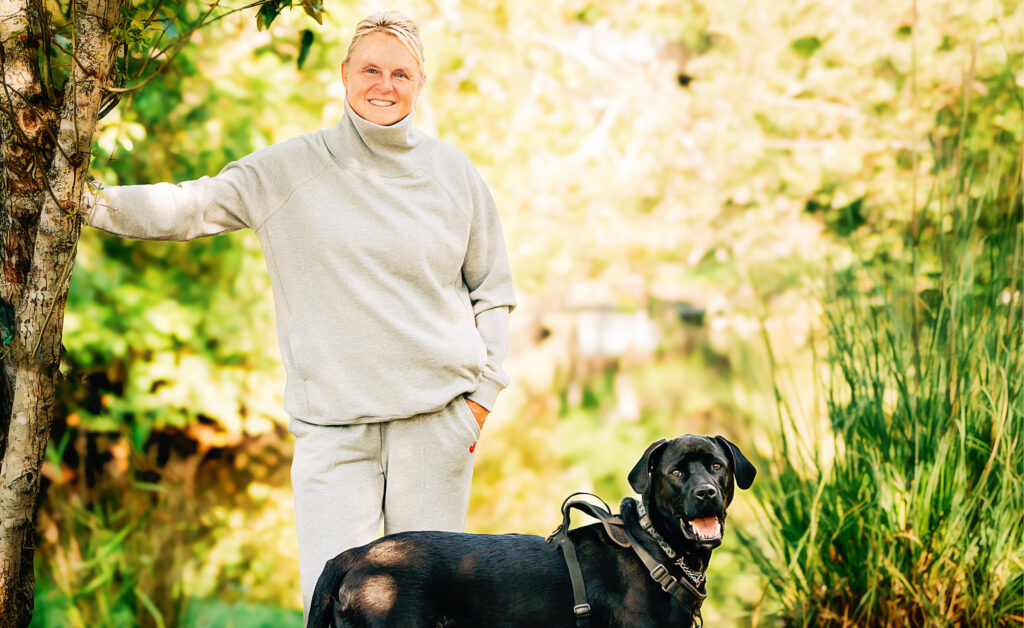by Dr. Sean Cruz, Shoreline Medical Clinic Sidney –
Muscular pain is part of the human condition. Its negative impact on quality of life, however, can be tremendous. In the past it has often seen limited options for treatment but this has changed in recent years. Here is a rough guide to some of these newer offerings.
Intramuscular Stimulation (IMS). This technique treats muscles that are chronically tight, inhibiting proper function and causing pain. This can result from an acute injury or from incorrect postures and movements that have become habitual. The affected muscle forms painful localized areas known as trigger points. IMS utilizes an extremely fine needle that is inserted into the trigger point, causing it to release. Once relaxed, the muscle can hopefully resume normal function. Many people are apprehensive at the thought of a needle, but the experience is usually very different from their expectation: most describe only a deep aching sensation.
Trigger Point Injections (TPI). This treatment is similar to IMS in many ways, but involves injection of a solution into the trigger point. The exact solution can vary, but often a local anaesthetic, or saline, is used.
Prolotherapy. This procedure is used to help injured tissues that have not healed completely, as opposed to trigger points. A solution is injected into the problem area causing an inflammatory response. This may sound counterintuitive to many. After all, in medicine we often go to great lengths to fight inflammation. Inflammation, however, is the process by which all tissue heals. Sometimes injured tissue doesn’t heal completely enough to function as well as it did before. Prolotherapy can jumpstart that healing process in areas where it has stopped. It usually involves a series of three injections over months. It may be weeks before a patient sees benefit though, because that is the natural timeline for the healing process to complete. The technique is commonly used to treat injured ligaments that are lax or partially torn.
Platelet Rich Plasma (PRP). Platelets are one of the main cells of our blood and they are integral to the process of healing. PRP delivers concentrated amounts of these platelets into a problem area in order to promote healing, again by way of inflammation. It is used in situations similar to prolotherapy, as well as to treat osteoarthritis of large joints, such as the knee. Platelets are obtained from the patient’s own blood. They are then injected into the tissue or joint of concern.
There have been some controversies and legitimate criticisms of some of these newer treatments that they lack strong clinical trials to establish their effectiveness. IMS and TPI have been around for many years and in my opinion have good evidence that they can be effective. Prolotherapy and PRP are newer and there are far fewer studies to draw conclusions from. They do, however, have a strong basis in well established principles of medical physiology.
It is an exciting time in this burgeoning field of medicine. Our understanding of the nature of musculoskeletal pain has evolved significantly and this will surely continue.
No one treatment is right for every problem, but as we learn more we can hopefully offer more options to patients in need.




